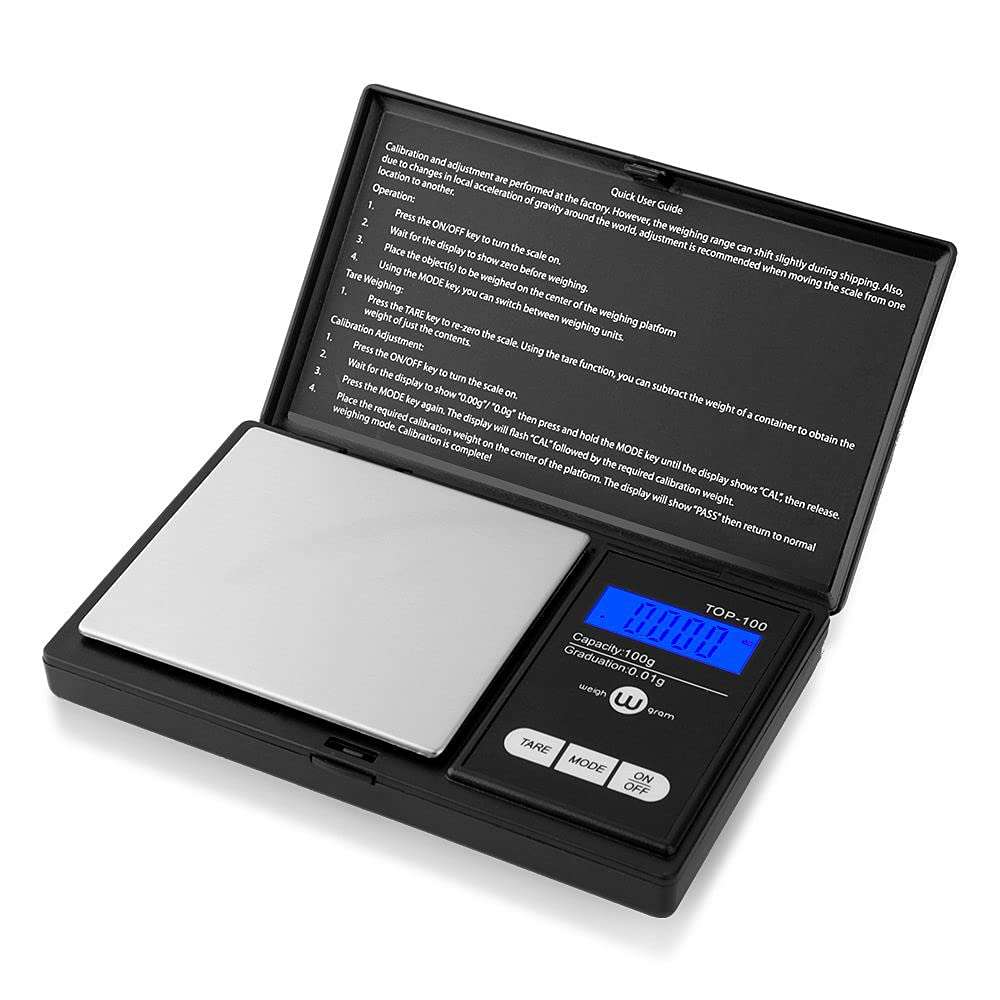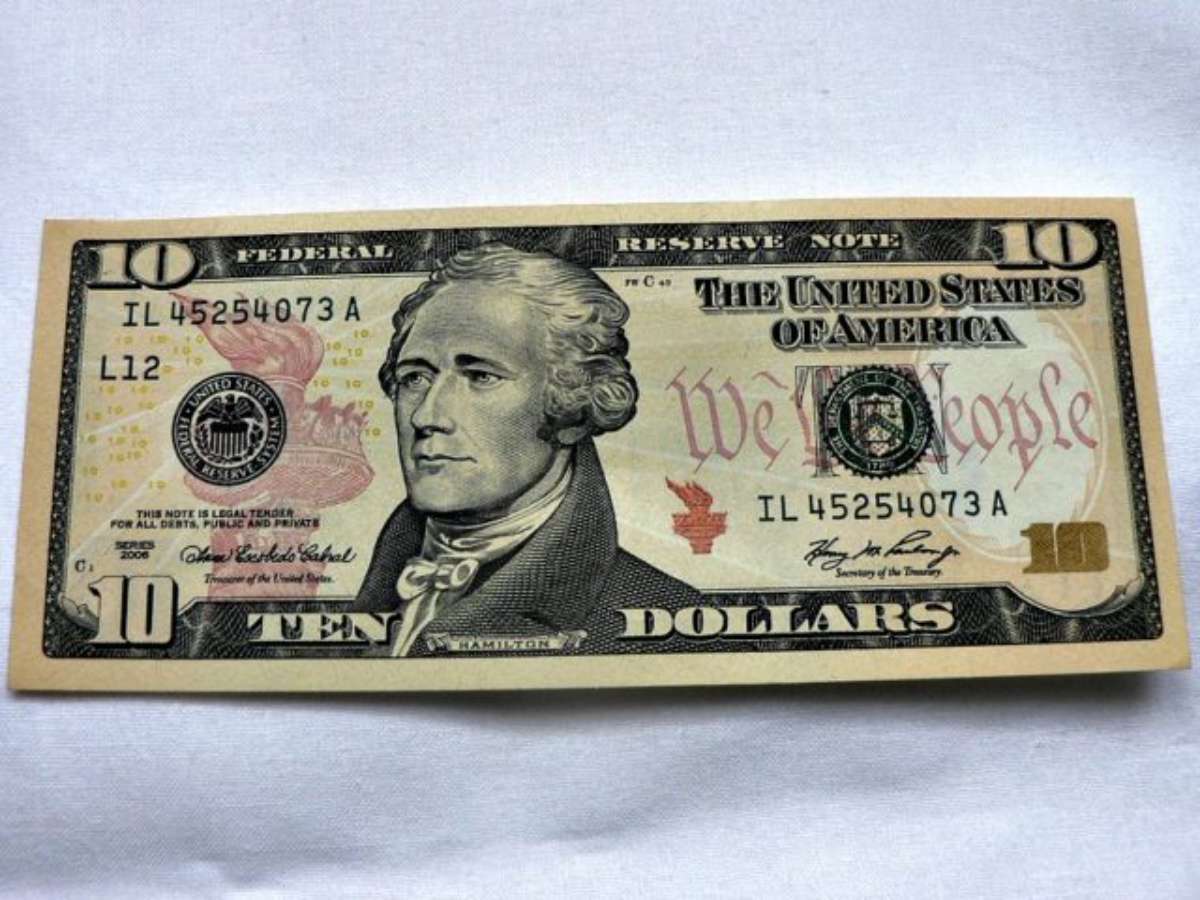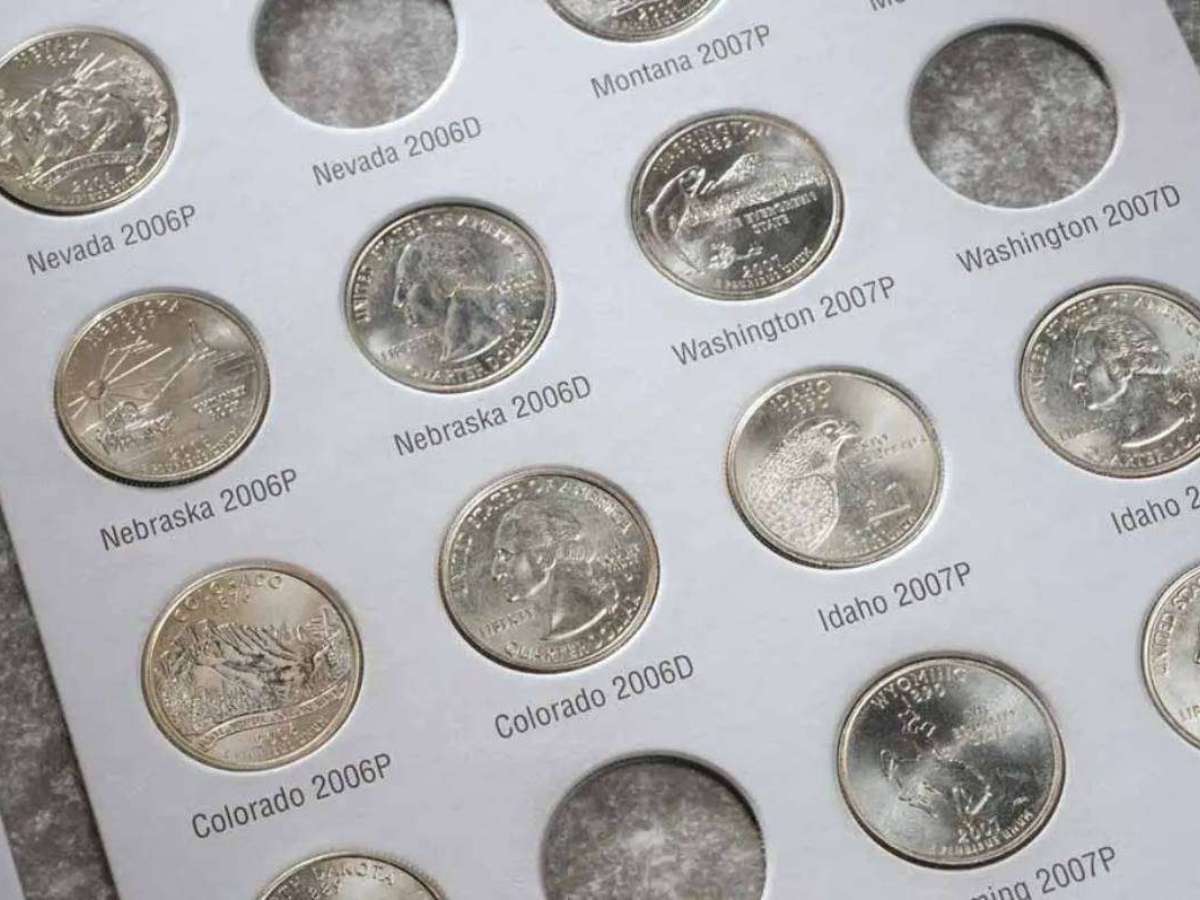
Are you looking for rare error pennies? Wondering what error pennies are worth money?
There are lots of different penny errors to look for — some are rare and some are common.
So… how do you tell the common error pennies from the rare ones? And what are they worth?
Are there pennies that look like errors but really aren’t? How much are those pennies worth?
Today I’m going to share with you everything you need to know about error pennies. Below, you will find:
- The ultimate penny error list with current values
- A list of rare error pennies that are difficult to find
- A list of common error pennies you can find in pocket change
- Details, photos, and videos about specific types of error pennies
The Ultimate Penny Error List
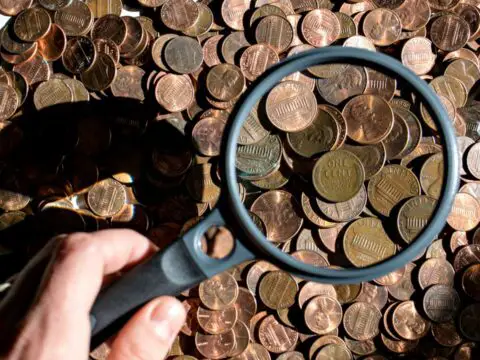
There are so many types of error pennies out there, it’s hard to know where to begin listing them. Billions upon billions of pennies are in circulation, and among them are countless errors just waiting to be found!
Of course, some errors are more common than others. So, what I’m going to do is break down the list of penny errors by “rare” ones and “common” ones.
Here are the 2 major lists of penny errors to look for — which includes a total of 9 different types of error pennies:
RARE PENNY ERROR LIST
Here are 5 of the rarest and most valuable types of penny errors:
#1 – Doubled Die Pennies
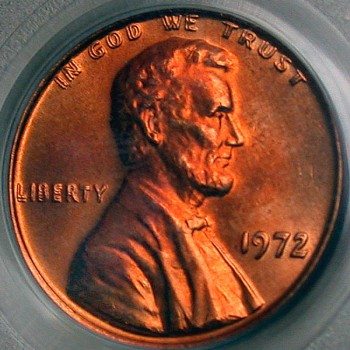
Of all error coins, there’s perhaps none more well-known than the doubled die — like the ones pictured above in my hand.
What are doubled die pennies?
A doubled die penny error occurs when the coin’s die is impressed twice, and at two slightly different angles, by the hub.
When a die with a doubled image goes into production work, it then strikes coins with the doubled image.
Sometimes only a few coins (and sometimes a few thousand) will escape from the U.S. Mint before the error is noticed.
In some cases, if the mistake is caught early enough, the doubled die coins will be recalled from the stockpile that’s ready for distribution into circulation and be destroyed. But many doubled dies go undetected by the U.S. Mint — only to be found by collectors who treasure these rare errors!
While doubled dies occur on every denomination of coin, they seem most prevalent among pennies.
Many doubled die pennies show the most prominent doubling in the inscriptions or date. However, a few exhibit so much doubling that it’s even obvious in the design details. For example, the 1984 doubled die penny shows significant doubling of Lincoln’s earlobe.
Here’s a list of the rarest and most popular doubled die pennies:
- 1955 doubled die penny — worth $1,100+
- 1969-S doubled die penny — $25,000+
- 1972 doubled die penny — $250+
- 1983 doubled die penny — $200+
- 1984 doubled die penny — $150+
- 1995 doubled die penny — $50+
I remember when the 1995 doubled die penny was first located. News of the discovery was on the radio, TV, and Internet. Everybody was looking for the 1995 doubled die penny — even me!
A similar thing happened when the 1955 doubled die was first reported. It was released at a time when coin collecting was already widely popular in the United States.
Discoveries like these and the media blitz that follows has helped firmly implant knowledge of (or at least an awareness of) doubled die pennies even, among non collectors. That’s one reason these coins are so popular… and valuable!
Some of the more obscure and minor doubled die coins are worth $25 to $100.
NOTE: Not all signs of doubling mean that a penny is a doubled die! In most cases, when you see a penny with doubled lettering or design, it’s really just mechanical doubling — which means the coin was double struck by the coin presses. This type of doubling is not an error. It’s just a type of defect in the striking process. Most coins with mechanical doubling are not worth anything extra.
#2 – Die Cap Pennies
One of the weirdest types of penny errors is the die cap — which occurs when a penny gets stuck to a die for many strikes.
With each strike against other pennies, the stuck coin gets flatter and flatter and ends up getting shaped around the die.
This can make the die cap error coin look something like a bottle cap. These rare penny errors are often worth $250 or more.
#3 – Off-Center Pennies
Off-center error pennies are made when the retaining collar that keeps the coin in place during striking fails to properly corral the coin. These off-center errors are missing some part of the design and/or lettering.
Drastic off-center error pennies (those that are 50% off-center) are quite rare. Pennies that are way off-center and show a complete date are even rarer — they’re worth $50 or more.
Off-center pennies that are 5% or 10% off-center and not showing a date are relatively common and worth $3 to $10.
#4 – Broadstrike Pennies
Another type of error that occurs when a penny isn’t struck in its retaining collar is the broadstrike.
Unlike the off-center error (which exhibits missing lettering and design elements), broadstrike pennies are not missing any lettering or design detail.
One of the common characteristics of a broadstrike is that it appears flatter and wider than normal.
These pancaked broadstrike pennies are rare and often worth $50 to $100 or more.
#5 – Transitional Error Pennies
Changes to the design or metallic composition of a penny sometimes leads to errors.
Such is the case when some 1943 pennies were struck on the bronze planchets that were intended for 1942 pennies. Likewise, some 1944 pennies were made from the 1943 steel planchets instead of the 1944 shell case blanks.
There are also errors in which some 1992 pennies show virtually no gap between the base of the “A” and “M” in “AMERICA” on the reverse of those coins.
One of the rarest transitional error pennies involves the 1982-D small date penny — which wasn’t supposed to be struck on a bronze planchet. A small handful of these 1982-D small date bronze cents have been found, and they’re worth thousands! A few other dates with similar errors have also been found.
These are the most popular and most valuable transitional error pennies:
- 1943 bronze penny (is not magnetic) — $100,000 and up
- 1944 steel penny (is magnetic and will not weigh more than 2.9 grams) — $85,000+
- 1982-D small date bronze penny (weighs 3.1 grams) — $10,000+
- 1983-D bronze penny (weighs 3.1 grams) — $3,000+
- 1989-D bronze penny (weighs 3.1 grams) — $2.500+
- 1992 close AM penny (virtually no gap between base of A and M) — $10,000+
COMMON PENNY ERROR LIST
All penny errors are scarce. But some are much more common than others.
Here are 4 of the more commonly encountered error pennies:
#1 – BIE Error Pennies
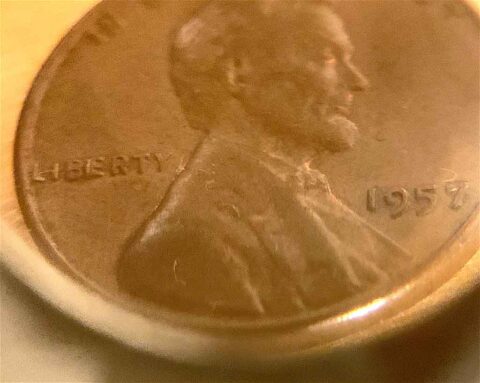
When an aging coin die begins cracking under repeated pressure, a fracture can appear as a raised line on a coin.
On Lincoln cent dies, these little die cracks had a tendency to appear as vertical line between the “B” and “E” of “LIBERTY” — looking something like a capital letter “I.”
These so-called BIE error pennies are extremely popular with Lincoln penny collectors and error coin collectors. And, because they’re so common, they’re sometimes collected by date.
A typical BIE penny is worth $5 to $10.
#2 – Repunched Mintmark Pennies
Before the 1990s, mintmarks were handpunched onto each die. This meant that each die would sometimes showcase the mintmark in a slightly different location than other dies.
And, sometimes during the mintmark-punching process a little mistake would happen. Maybe the mintmark was stamped in the wrong location or at a weird angle — in which case, the mint employee repunched the mintmark.
Repunched mintmarks can be found on any mintmarked coin from the late 20th century or earlier. But because of the extraordinary number of pennies made and subsequently large number of dies required to strike them, repunched mintmarks are most common on pennies.
A typical repunched mintmark penny is worth $5 or more.
#3 – Die Clash Pennies
When something happens with the planchet feeding machine that prevents a blank from being fed into the dies, the obverse (head’s side) and reverse (tail’s side) die will strike each other. This can leave an imprint from one die into the other.
When planchets are fed back into the presses again, the coins stamped by the clashed dies may show traits of the reverse design on the obverse and/or part of the obverse design on the reverse.
Die clash penny errors are scarce but among the more common of all errors.
Pennies with barely noticeable die clashes are the most common — they’re worth $2 to $5. More drastic die clash pennies are worth anywhere from $50 and up.
#4 – Clipped Planchet Pennies
Sometimes errors happen when the blank discs that become coins are cut from the original sheet of metal.
The discs may be mis-cut, with a little crescent-shaped piece of metal getting cut from the round disc.
The clip may be either very small or quite large.
Clipped planchet pennies are distinctive, sought-after errors that are worth $15 and up.
Unique Pennies That Are Not Errors
While there are many cool error pennies you can find in circulation, the vast majority of pennies that appear unusual are not rare error pennies.
Instead, these are coins with post-mint damage or alterations.
Let’s take a look at a few of them…
#1 – Lincoln Pennies With Kennedy, A State Outline, Or Other Markings

A variety of private companies have counterstamped images of John F. Kennedy, different states, the Liberty Bell, and other types of designs and messages on coins.
These are not errors but rather novelty coins that were created as souvenirs or promotional items. I’ve found a few such coins in my own pocket change.
Although counterstamped coins are not rare, some people do collect them.
Here’s how much some counterstamped pennies are worth:
- Lincoln Penny With State — 50 cents or more
- Penny With Liberty Bell — 75 cents or more
- Elongated Penny — $1 or more
- Lincoln Kennedy Penny — $1 to $2
- Penny With Freemason Or Mason Logo — $1 to $2
- Lincoln Penny With Angel, Cross, Or Other Designs — $1 and up
#2 – A Penny With No Face Or Back
Maybe you’ve come across a penny with no face or back — no design on one side or the other whatsoever.
What’s up with that?
Well, in virtually every case what you’ve got is a coin that was altered after it left the United States Mint.
These are some of the most common reasons for it:
- The penny may have been used for jewelry or art. Often a penny with no face or back is planed down so that it can be glued flat to another surface — such as a pendant or a painting.
- A Lincoln penny with no face or back may have been used as a gaffe coin. Some magicians fashion a dime on one side and, using sleight-of-hand illusion, make the penny appear to turn into a 10-cent piece or vice versa.
- For no particular reason at all. A lot of times a coin is altered by idle hands as a way to pass the time. I know that when I was younger, I defaced a few coins when I got a little bored!
#3 – Floating Roof Lincoln Memorial Pennies
Sometimes mint employees polished Lincoln Memorial dies to ensure the coins they produced were sharply struck and free of cracks and other defects.
However, sometimes during the polishing process, parts of the die would inadvertently be removed.
In many cases, the victims of overpolishing were the lines connecting the roof of the Lincoln Memorial to the rest of the building below — which gives the illusion that the Lincoln Memorial roof is floating.
Floating roof pennies are popular with collectors but they are technically not errors or die varieties. But, some collectors are paying $1 to $5 for them.
#4 – Two-Headed Pennies
Although many people have reported finding two-headed pennies, no such error is known to exist among United States one-cent coins.
Any two-headed penny that you find is not a legitimate error but rather just an altered coin. Two-headed pennies are novelty pieces sold to people who want to play pranks on others or win a bar bet or two.
While they aren’t real errors, they’re popular collectibles and sometimes sell for $1 or $2.
#5 – Discolored Pennies
Find a silver penny? Or maybe one that’s all splotchy? Think you’ve found a gold-plated penny?!
With the exception of the 1943 steel cent and the 1944 steel penny errors mentioned above, virtually all other pennies you find with weird colorations are caused by:
- Someone who plated the coins with another metal
- Removal of the copper plating from post-1981 copper-plated zinc cents
- Environmental damage
Now, there are cases where a silver penny is actually created by the penny design having been mistakenly struck on a dime planchet. These rare errors are valuable and worth about $250 and up.
TIP: You can tell a penny on dime error from a damaged coin by weighing it. If your silver penny weighs between 2.10 grams and 2.7 grams, it could be a penny on dime wrong planchet off-metal error!
